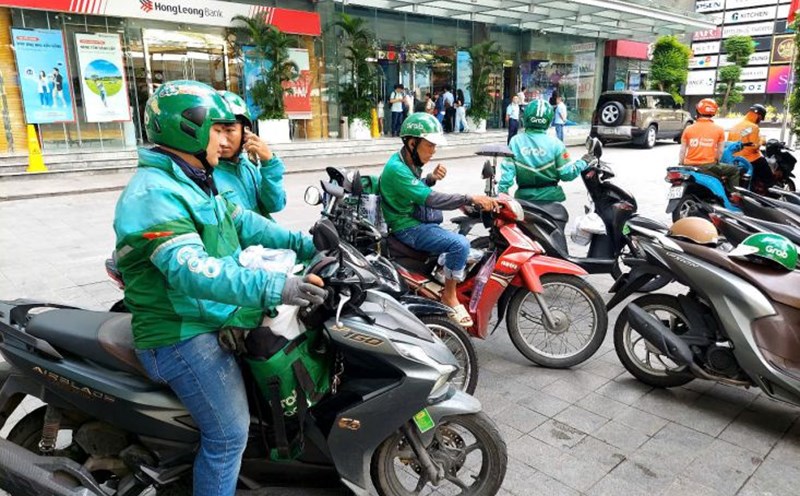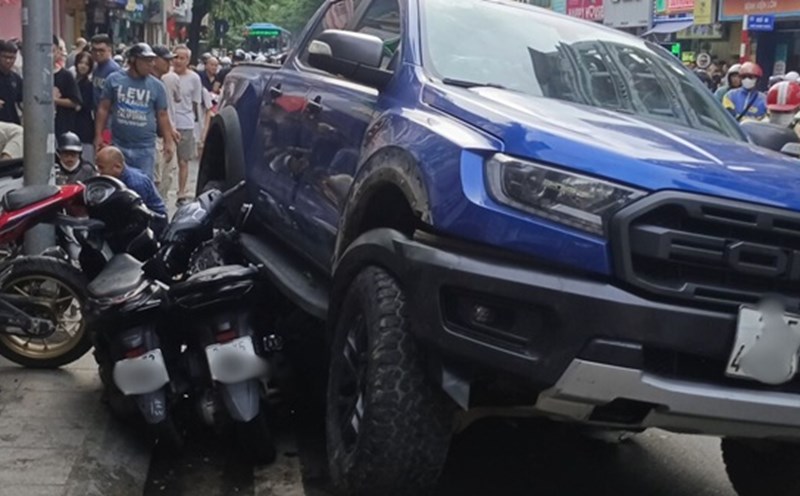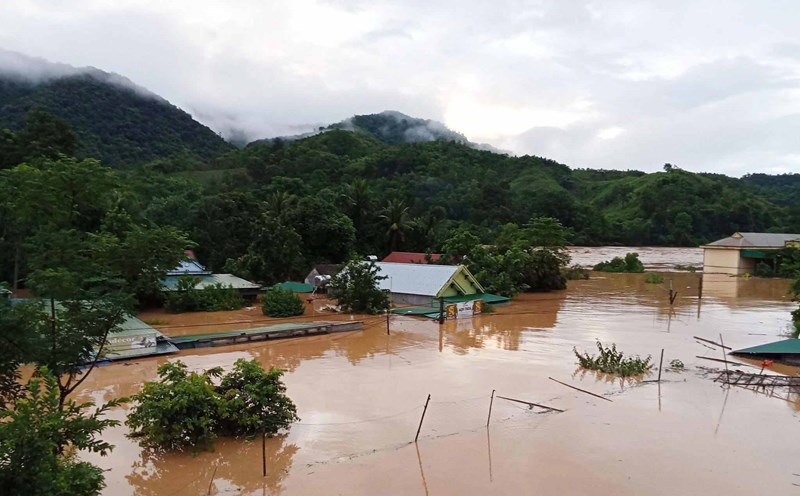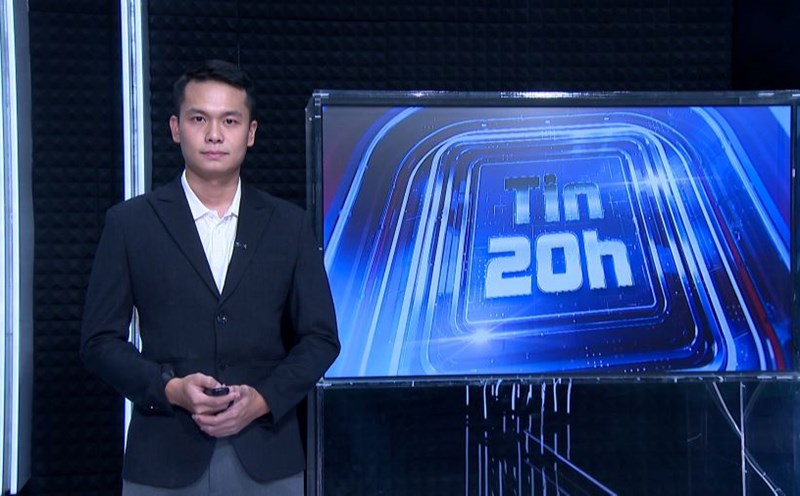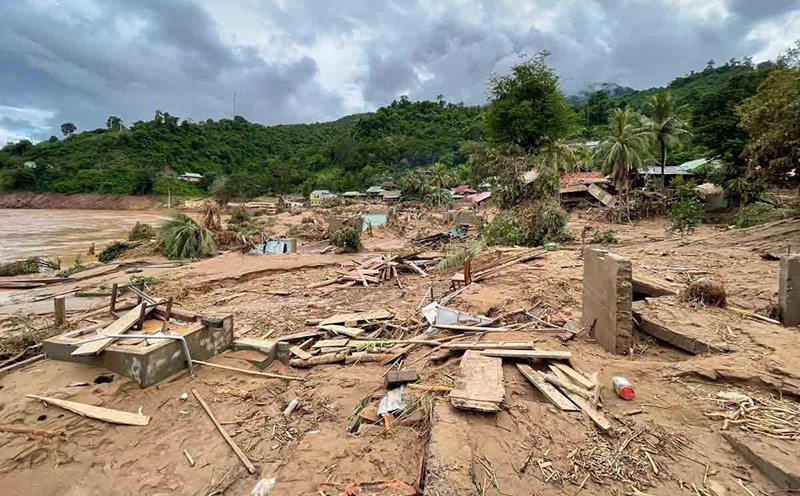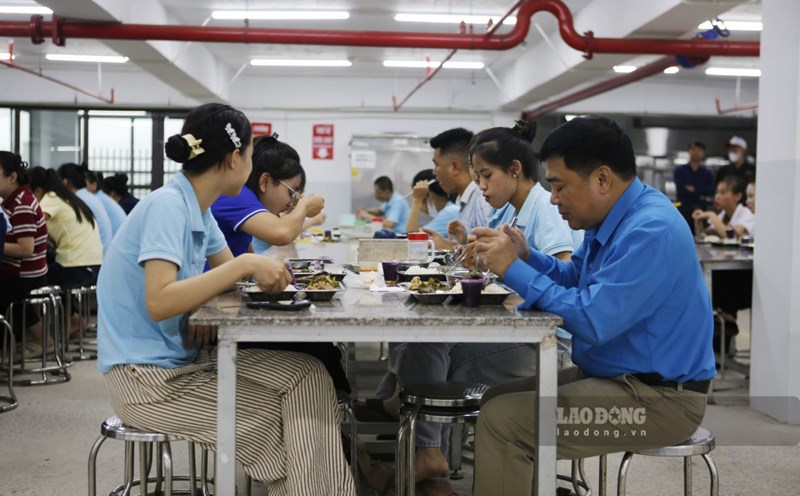The above information was stated by the Ho Chi Minh City People's Committee in a report sent to the Supervisory Delegation of the 15th National Assembly on the implementation of policies and laws in the field of environmental protection.
According to the report, monitoring results of the Department of Agriculture and Environment of Ho Chi Minh City and many other studies show that air quality in Ho Chi Minh City is seriously threatened by dust concentration, especially dust (TSP) and fine dust (PM10, PM2.5). At some traffic locations, dust levels exceed Vietnam's permitted standards.
Air quality in Ho Chi Minh City tends to fluctuate depending on the time of day and season. Pollution levels are often more serious in the dry season, especially at the end of the year and the beginning of the following year - when PM2.5 fine dust levels increase the highest due to a combination of dry climate and high traffic density.
Among the sources of air pollution in Ho Chi Minh City, road traffic is identified as the main factor.
In addition to traffic, the city's air quality is also affected by meteorological factors and external pollution sources.
The Ho Chi Minh City People's Committee stated that the high population density makes urban transport infrastructure overloaded, the congestion is difficult to completely overcome, increasing emissions that cause air pollution.
According to statistics from the Ho Chi Minh City Department of Construction, as of the end of June 2025, the old Ho Chi Minh City area had more than 9.6 million vehicles, including more than 1 million cars and nearly 8.6 million motorbikes. Compared to the same period in 2024, the number of cars increased by 9%, motorbikes increased by 2%.
After Ho Chi Minh City merged with Binh Duong and Ba Ria - Vung Tau provinces, the scale of newly built Ho Chi Minh City's transportation is estimated at 11 million vehicles, including about 1.5 million cars.
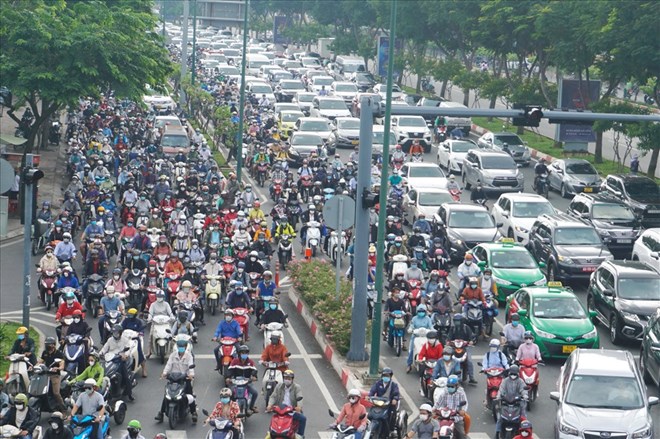
In order to reduce air pollution, Ho Chi Minh City is implementing a Project to control vehicle emissions.
Phase 1 of the project has been completed, focusing on the public passenger transport system. In particular, a roadmap for converting buses in the city is proposed with the goal of 100% of Ho Chi Minh City's buses using electricity and green energy by 2030.
Currently, the Department of Construction is finalizing the draft resolution, and at the same time adding impact assessments after the city is expanded. It is expected that the Department of Construction will report to the People's Committee and submit to the Ho Chi Minh City People's Council in the fourth quarter of 2025 for implementation throughout the new Ho Chi Minh City.
Phase 2 of the project, expected to be completed in the third quarter of 2025, will expand the scope of emission control across Ho Chi Minh City, aiming to convert vehicles such as taxis, technology vehicles, contract vehicles, passenger cars, trucks, personal cars as well as vehicles of administrative agencies, state-owned and private enterprises to clean energy.
Ho Chi Minh City plans to prioritize zoning for electric vehicles, limiting gasoline-powered vehicles in central areas of Ho Chi Minh City, Can Gio, Con Dao...
In parallel with the overall project, the Ho Chi Minh City Institute for Development Studies has recently completed a project to convert 2-wheeled vehicles from gasoline to electricity exclusively for delivery forces (shippers) and technology drivers.
According to this project, about 400,000 people who are working in the field of delivery and technology passenger transportation in Ho Chi Minh City will be converted to using electric vehicles in each stage.
If approved, the project will start to be applied from January 1, 2026 and aim to convert all two-wheeled vehicles of this group to electric vehicles by 2029.
Recently, the Ho Chi Minh City Department of Construction also assigned the Transport Management Department to study and propose to competent authorities to regulate the mandatory periodic inspection of emissions for motorbikes and the removal of old and dilapidated vehicles that pollute the environment and cause traffic insecurity.

